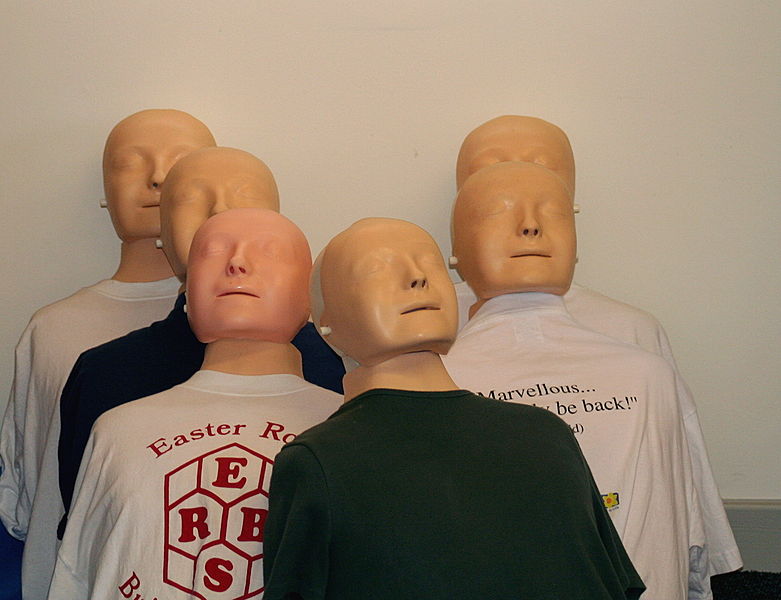As the Flash Mob concept closes in on a decade of existence, its originator, Wired editor Bill Wasik, has penned an article about the intersection of group behavior, technology and violence. Wasik on the origins of the idea:
“I even called my events ‘mobs,’ as a wink to the scary connotations of a large group gathered for no good reason. But I didn’t come up with the name flash mob—that honor belongs to Sean Savage, a UC Berkeley grad student who was blogging about my events and the copycats as they happened. He added the word ‘flash’ as an analogy to a flash flood, evoking the way that these crowds (which in the original version arrived all at once and were gone in 10 minutes or less) rushed in and out like water from a sudden storm. Savage and I never met while the original mobs were still going on, but today we work just a block away from each other in San Francisco—me at Wired, him at Frog Design, where he’s an interaction designer—so we now can get together and commiserate about what’s become of our mutual creation. It had been bad enough to see the term get appropriated by Oprah to describe a ridiculous public dance party featuring the Black Eyed Peas. Now the media was stretching the term to include just about any sort of group crime. ‘It means everything and nothing now,’ Savage says morosely.
One reason the term ‘flash mob’ stuck back in 2003 was its resonance, among some sci-fi fans who read Savage’s blog, with a 1973 short story by Larry Niven called ‘Flash Crowd.’ Niven’s tale revolved around the effects of cheap teleportation technology, depicting a future California where “displacement booths” line the street like telephone booths. The story is set in motion when its protagonist, a TV journalist, inadvertently touches off a riot with one of his news reports. Thanks to teleportation, the rioting burns out of control for days, as thrill-seekers use the booths to beam in from all around to watch and loot. Reading ‘Flash Crowd’ back in 2003, I hadn’t seen much connection to my own mobs, which I intended as a joke about the slavishness of fads. I laughed off anyone who worried about these mobs getting violent. In 2011, though, it does feel like Niven got something chillingly correct. He seems especially prescient in the way he describes the interplay of curiosity, large numbers, and low-level criminality that causes his fictional riots to grow. ‘How many people would be dumb enough to come watch a riot?’ the narrator asks. ‘But that little percentage, they all came at once, from all over the United States and some other places, too. And the more there were, the bigger the crowd got, the louder it got—the better it looked to the looters … And the looters came from everywhere, too.’
That last line passed for science fiction in 1973. The not-infrequent riots that wracked American cities in the 1960s tended to be strikingly localized, with rioters taking out their aggression on the immediate neighborhood in which they lived. By contrast, Nick de Bois says that of the 165 or so people arrested so far for the looting in Enfield Town, only around 60 percent hailed from the local borough, which includes not just greater Enfield but a few surrounding towns. The other 40 percent commuted in from elsewhere, including locales as far afield as Essex and Twickenham, each a good hour’s drive away. Instead of teleportation booths replacing telephone booths—how quaint!—it turned out that those phones merely had to shrink down enough to fit into our pockets.”
••••••••
Austin Flash Mob, 2003, the year it started:
Tags: Bill Wasik, Sean Savage

